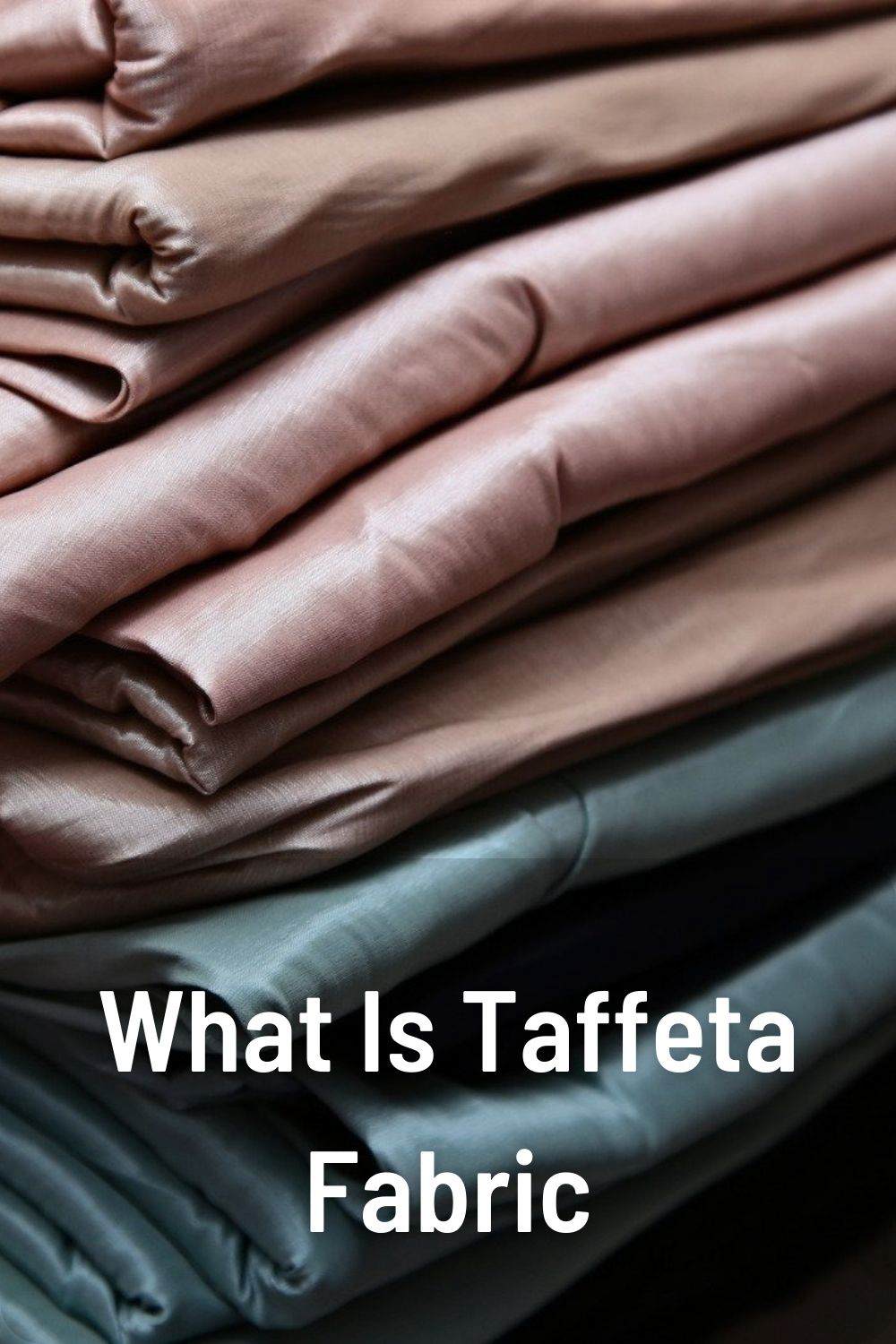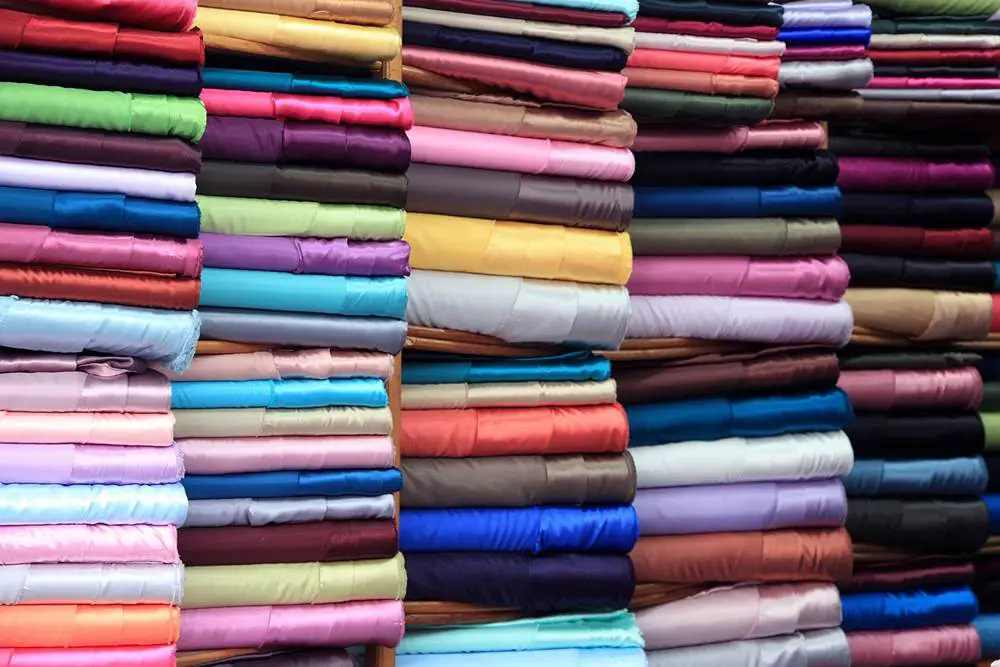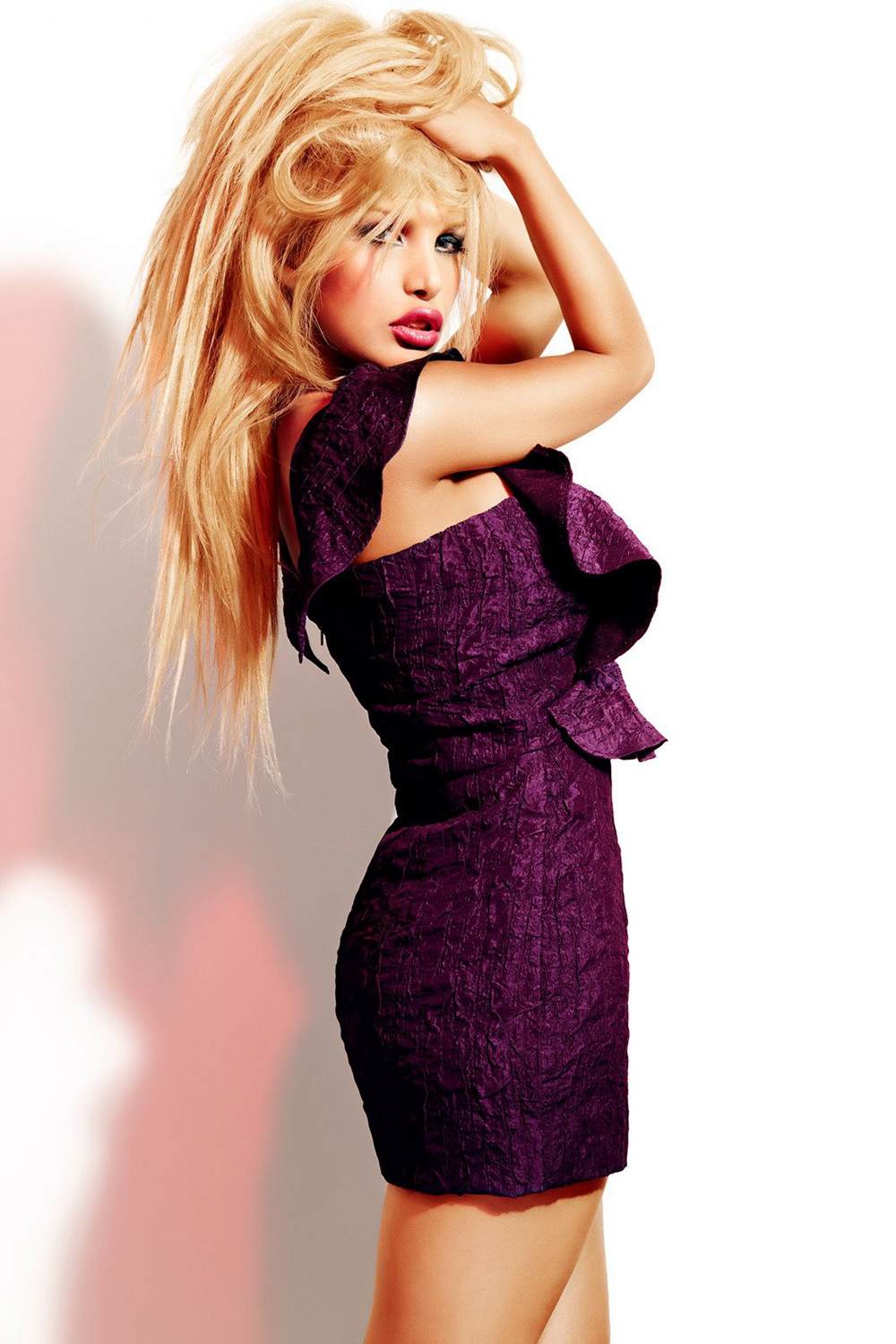
Taffeta is a crisp, smooth woven fabric that is often used to make formal dresses, gowns, and wedding decor. In this comprehensive guide, we will dive deep into everything you need to know about taffeta fabric – from its history and production methods to its uses, care instructions, and more.
Table of Contents
A Brief History of Taffeta Fabric
Taffeta has been around for centuries, with earliest origins tracing back to Persia (ancient Iran). The name “taffeta” comes from the Persian word “taftah” which means “twisted woven.” From Persia, the luxurious fabric made its way to Europe by the 14th century.
During the Renaissance era, taffeta gained popularity among the nobility and aristocracy. The rustling sound of the fabric signified wealth and luxury. By the 19th century, taffeta was widely produced in France, England, India and other parts of Europe. Advances in weaving technology enabled more intricate designs and affordable production costs.
Today, taffeta remains a cherished fabric around the world. Its distinct look and texture makes it ideal for special occasionwear.
What is Taffeta Made Of
Taffeta is made from silk, or synthetic fibers such as polyester. Originally, taffeta was always made from silk. But with the advent of synthetic fibers in the 20th century, polyester became a cheaper alternative while maintaining taffeta’s signature crispness.
Silk Taffeta
Silk taffeta is considered the highest quality with a luxurious drape and luster. It has a smooth, stiff feel that is shiny on one side and matte on the other. Silk taffeta is commonly used for designer evening gowns, wedding dresses, and couture fashion. It is more expensive than other varieties.
Polyester Taffeta
Polyester taffeta mimics the look of silk while being more affordable and easier to maintain. It is made from synthetic fibers and woven to create the plain weave texture. Polyester taffeta has an almost papery crispness that provides structure to garments. It may be used alone or as an underskirt or lining.
Taffeta Fabric Characteristics
What gives taffeta its distinctive personality Here are the key characteristics of this fabric:
- Crispness – Taffeta has a stiff, crisp hand that holds its shape well. The tight weave creates structure.
- Sheen – Taffeta has a subtle sheen or luminosity, more so on one side compared to the other. This comes from the weaving process.
- Rustle – One of taffeta’s hallmarks is the rustling sound it makes when worn. This noise comes from the crispness of the fabric.
- Smooth Texture – Taffeta has a smooth, even surface without any visible weave. It is smooth to the touch.
- Lightweight – Despite the stiffness, taffeta is relatively lightweight and easy to wear. Silk taffeta especially drapes well.
- Transparency – Taffeta is somewhat transparent, especially if made from silk. Lining is often sewn in garments to prevent see-through.
How is Taffeta Fabric Made
Taffeta is woven in a plain, even weave pattern. The filling and warp yarns are arranged evenly over and under each other, creating a smooth surface. It takes great skill to achieve this consistency across the entire length of fabric.
Weaving Process
Taffeta is woven on mechanical looms at very high tensions. The yarns are twisted hard and wound tightly around each warp thread. Extra starch or sizing is also added to increase stiffness. All this adds crunchiness, body, and strength.
Specialized looms like the Jacquard allow the creation of intricate patterns. Damask, brocade, and changeant taffetas showcase elaborate designs.
Finishing Steps
Once woven, taffeta fabric goes through various finishing processes:
- Heat-setting – The fabric is heat-treated using hot cylinders to further set the stiff shape and sheen.
- Calendering – Taffeta is calendered by passing it through pressure rollers. This smooths out the surface and adds luster.
- Dyeing or printing – Taffeta is dyed or printed to add color and patterns. Common techniques include screen and roller printing.
- Inspection – The finished taffeta is thoroughly inspected for defects and flaws before shipping.
Types of Taffeta Fabric

While plain taffeta is most common, there are many different types that vary in terms of weave, weight, patterns, and colors.
Plain Taffeta
This basic taffeta has a smooth, crisp surface without any designs. It may come in a wide range of solid colors – from bold brights to neutrals. Plain taffeta provides structure to skirts, dresses, and jackets.
Changeant Taffeta
Changeant taffeta changes color when viewed from different angles. The warp and weft yarns are different colors, giving it an iridescent look. This unique fabric is popular for eveningwear and bridal gowns.
Shot Taffeta
Shot taffeta has a similar color change effect. But instead of different colored yarns, shot taffeta has alternating bundles of yarns in the warp or weft. This creates a dotted or streaked appearance.
Chiffon Taffeta
A lightweight, sheer variety of taffeta. It has a soft, flowing drape but still maintains the signature taffeta crispness. Chiffon taffeta is often used to make bias-cut dresses, scarves, and overlays.
Paper Taffeta
Paper taffeta is known for its very crisp, papery feel. It holds its shape well and rustles loudly. Paper taffeta is used to make structured skirts, petticoats, and costume shapes. It may have a polished, metallic sheen.
Frosted Taffeta
This taffeta has a brushed, frosted finish that diffuses light. It has a soft, sparkling look, like frosted glass. Often used for bridalwear and evening gowns.
Common Uses of Taffeta

Thanks to its unique characteristics, taffeta suits many different uses. Here are some of the most popular applications:
Evening Wear
Taffeta is ideal for gowns, dresses, and skirts with volume and flair. The fabric provides structure to peplums, ruffles, pleats, and other sculptural shapes. Its elegance also suits couture runway fashion.
Wedding Dresses
For brides seeking drama, taffeta is a classic choice. It can hold big puffy skirts, long trains, and embellished bodices without losing shape. Taffeta adds stiffness for draping veils and bows. The rustling sound and luminosity enhance the romance.
Party Dresses
Taffeta party dresses are fun and whimsical. The fabric pairs well with bright colors, prints, and playful silhouettes like full skirts. Taffeta is commonly seen at holiday parties, proms, and homecomings.
Skirts
Full taffeta skirts maintain their pouf and silhouette. They are often worn under dresses to provide support and fullness. Taffeta skirts may be worn alone or as petticoats. Changeant taffeta skirts have an eye-catching iridescence.
Jackets and Coats
Taffeta lends structure to tailored jackets and coats, especially bolero, peplum, and bomber styles. It provides stiffness for bold shoulders, cuffs, lapels, and other design details. Taffeta outerwear makes a statement.
Ribbon and Decor
The crispness of taffeta makes it ideal for ribbon, bows, rosettes, and other decorations. It is commonly seen on gift wrap, wreaths, floral arrangements, event backdrops, and more.
Bags and Accessories
Taffeta adds flair to handbags, clutches, pouches, and backpacks. It also makes striking linings. For accessories, taffeta suits veils, scarves, hats, hair bows, and bridal headpieces.
Historical Costumes and Formals
Theatrical companies, historical societies, and marching bands rely on taffeta costumes. It recreates the structure of time period silhouettes like Elizabethan collars and Victorian bustles. Taffeta is also popular for choir robes and formal uniforms.
Taffeta Fabric Care Guide
Taffeta requires special care to maintain the crisp finish. Here are some key laundry tips:
- Hand wash – Gentle hand washing is best for taffeta. Use cool water and delicate wash cycles.
- Dry cleaning – Dry cleaning also safely cleans taffeta without distorting the fabric. Ask for light steam or press only.
- Wash separately – Wash taffeta garments separately from other items. Zippers, hooks, rough fabrics can snag the delicate fabric.
- No bleach – Never use chlorine bleach on taffeta, as it can damage the fibers. Opt for oxygen-based bleach if needed.
- Cool iron – Iron taffeta on the reverse side on a low heat setting. Avoid high heat, and do not press down too firmly.
- Hang to dry – Always hang or flat dry taffeta to prevent heat damage from dryers. Reshape garments as needed.
With the proper care, taffeta will maintain its beauty and structure for many wears. It’s worth the extra effort for this timeless, luxurious fabric.
Frequently Asked Questions
What is taffeta best used for?
Taffeta is ideal for formalwear like evening gowns, wedding dresses, and party frocks. It provides stiffness to create dramatic silhouettes with volume and structure. The fabric’s elegance also suits high-end dresses, skirts, jackets, and coats.
Is taffeta good for sewing?
Yes, taffeta is a great fabric for sewing projects. Its crisp hand helps hold shapes and stitches. Taffeta is easy to cut and sew. Just take care not to damage the delicate fabric. Fine needles and new, sharp shears are recommended.
What is silk taffeta?
Silk taffeta is a luxurious, high-end variety made from silk fibers. It has an exceptionally smooth, stiff drape and rich luster. Silk taffeta is used for designer gowns and couture fashion. It is more expensive than polyester taffeta.
Is taffeta good for plus size?
Taffeta can be an excellent choice for plus size figures, as the fabric provides structure. The stiffness helps hold in stomach and waist areas, and minimizes clinging at the hips. Taffeta also suits plus size dresses with ruching, pleats, flounces, and bold silhouettes.
Why is taffeta so expensive?
High-quality taffeta takes great skill to weave to the proper crispness and smoothness. Silk taffeta is especially costly due to the labor and materials. Taffeta garments also frequently require interior linings and support. All this adds to the expense, but provides a luxurious end result.
Conclusion
With its crispness, structure, and elegant sound, taffeta fabric holds a special place in the worlds of fashion and textiles. Though it has historic origins dating back centuries, taffeta remains in high demand today. From extravagant ballgowns to party frocks and wedding wear, taffeta adds sophistication, drama, and timeless style. With proper care, taffeta maintains its shape and luster for many memorable wears. For designers, sewists, and fashionistas alike, taffeta is a treasured fabric.